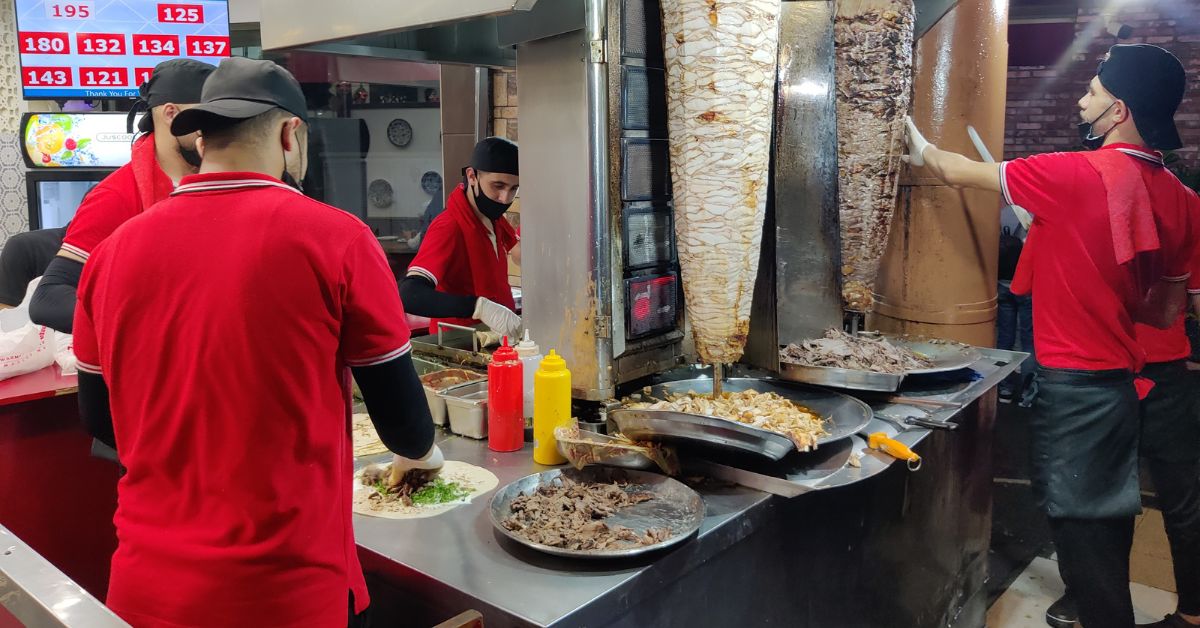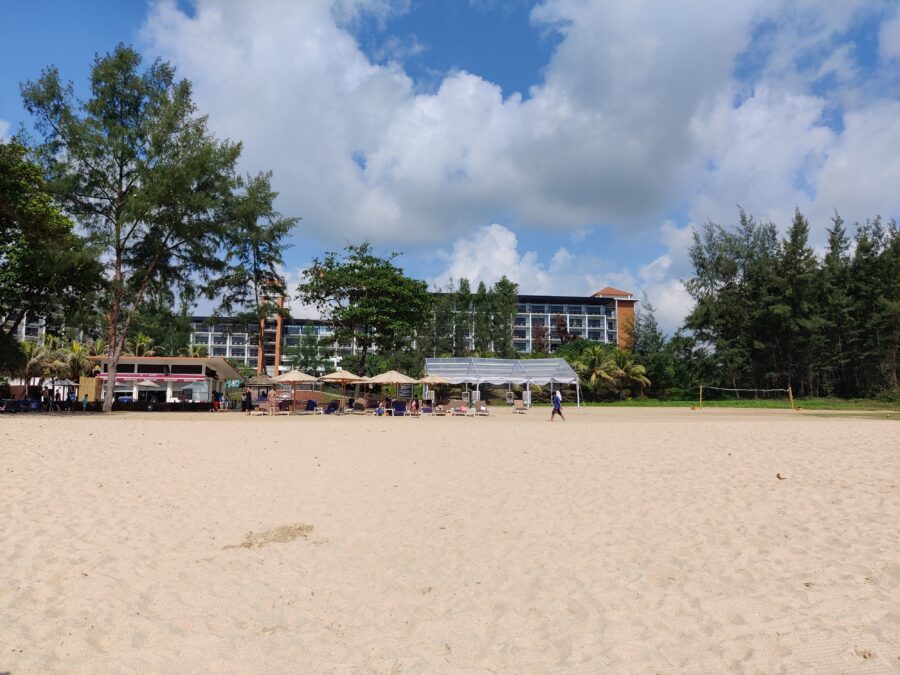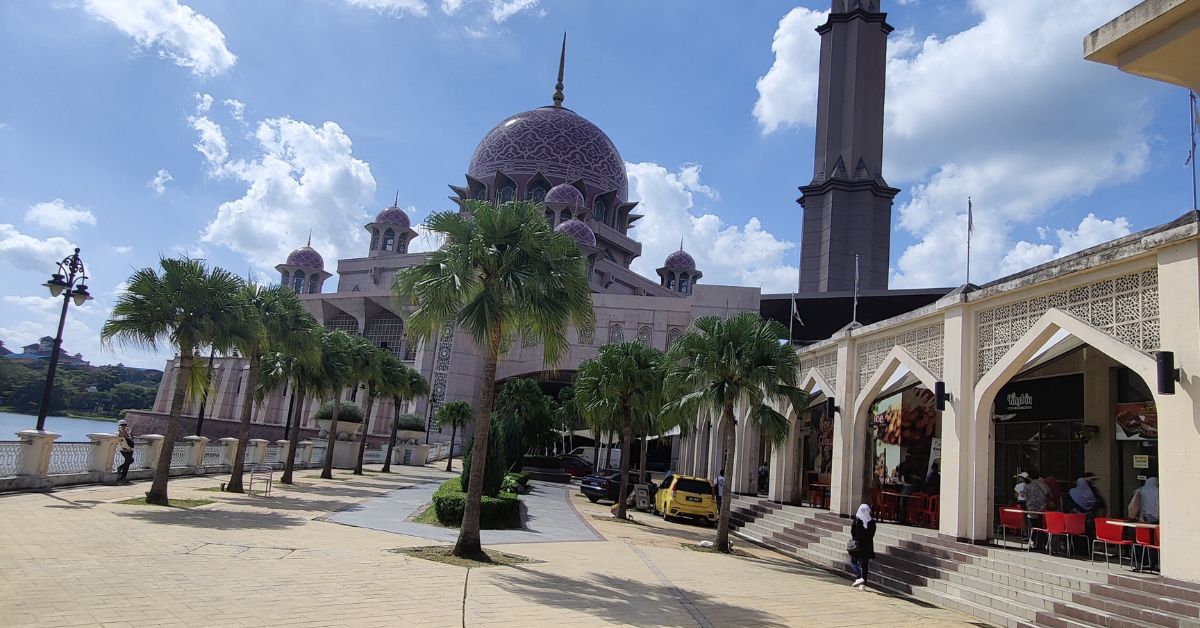KUALA LUMPUR: When Malaysia set its sights westward within Asia to diversify its tourism appeal, it came up with creative ways to woo Arab tourists. Right from the start, Malaysia’s tourist attractions, renowned for their family-friendly and hassle-free experiences, perfectly aligned with the preferences of Arab travelers. But adequate familiarity with the destination was missing.
However, its tourism promotion reinforced the message that Malaysia was a home away from home for visitors from the Middle East.
In the vibrant shopping and tourism district of Bukit Bintang in Kuala Lumpur, a small corner was designated as “Ain Arabia” to buttress Malaysia’s friendly reputation. The intention was to create a space with a touch of Arabian ambiance for Middle Eastern visitors in a central location.
But without distinct attractions tailored to Arab culture, both locals and tourists paid little attention to the “Arab street”.
Nevertheless, Ain Arabia’s symbolic significance proved to be a testament to Malaysia’s seriousness in wooing Middle Eastern tourists. Bukit Bintang itself has undergone many changes over the years, with more exciting choices in shopping, dining, accommodation and transportation available these days. The most striking change is that it attracts Arab visitors all year round, and not just during the June-September summer season in the Gulf.
During my recent trip from India to Kuala Lumpur, I deliberately chose to stay in Bukit Bintang, primarily driven by my desire to indulge in Middle Eastern cuisine. Authentic Arab food, especially the Levantine variety, in Bukit Bintang is as easily available as in Doha or Kuwait. Furthermore, the presence of Yemeni-themed restaurants in the area not only enhances the cuisine scene but pays homage to Malaysia’s historical connections with Yemen.
I was amazed to see Middle Eastern and Arabian cuisine’s popularity among young Malaysians and families. I recall the stark contrast from years ago when my Malaysian friends would react indifferently to any suggestion of dining at a Middle Eastern restaurant. This time, a friend readily offered suggestions on where to go to have the best shawarma in town! One Syrian-run restaurant is so popular that there is always a long queue. Standard dishes are shawarma, shish kebabs and other barbecue items, humus, arayes, mutabbal, falafel, foul mudammas, and salads. In addition to rice-based dishes, there are a variety of options to choose from in Arabian cuisine. My personal favorites are the starters, salads, and grilled items. One of the greatest aspects of Arabian cuisine, aside from its nutritional value, is its lack of fussiness.
This culinary achievement rather completes Kuala Lumpur’s impressively cosmopolitan food scene.

Bukit Bintang glitters and gets livelier after nightfall, with buskers adding some entertainment to its busy scene. The bustling atmosphere of Bukit Bintang is enhanced by various elements that contribute to its unique touristy vibes. This includes the sounds of the monorail, large and colorful electronic advertising boards, slow car traffic, constant pedestrian movement, street musicians charming crowds, and smartly dressed staff of food outlets and sales promoters looking out for potential customers.
Another reason for Bukit Bintang’s popularity among Arab travelers is the easy availability of good serviced apartments.
Asia’s hassle-free destination
Saudi Arabia remains Malaysia’s top source of tourists from the Middle East. The tourism target for this year from the region is set at 300,000 visitors, which is close to the pre-pandemic figure of 315,937 arrivals recorded in 2018.
Kuala Lumpur is easily one of the most rewarding and hassle-free destinations in Asia. Most foreigners landing in Malaysia for a holiday combine the city with other popular locations such as Langkawi, Penang, Melaka, or the east coast beach locations. It is difficult to suggest how many days are enough for Malaysia because this country has a great diversity of attractions, both natural and man-made.
Kuala Lumpur itself can keep you busy for several days. The iconic Petronas Twin Towers may have lost their record for being the tallest building, but retain the tag of the “tallest twin towers.” Visitors can go up to the 86th-floor Observation Deck of the 88-story towers to enjoy an exhilarating view of the city’s skyline. Since only a limited number of people can be accommodated daily, it is important to book your ticket in advance. Explore the fantastic shopping destination Suria KLCC, which is part of the complex. One of the attractions at the site is Petrosains, The Discovery Centre. This superbly-developed attraction offers children various interactive games and knowledge of science and the environment in a fun way. It is managed by Petrosains Sdn Bhd, a subsidiary of Malaysian energy giant Petronas, and a section of it is dedicated to petroleum science and the equipment used in the oil and gas industry. Children find the dinosaur zone at Petrosains particularly fascinating.
The Twin Towers, along with the shopping mall and KLCC Park should be visited both during the daytime and in the evening for a memorable experience. Another famous tower in the city is Menara Kuala Lumpur, or KL Tower, soaring 421 meters. Go there to eat in the revolving restaurant, which at 282 meters above ground level is Southeast Asia’s highest and provides panoramic views of Kuala Lumpur.
The city seems to offer endless attractions. Zoo Negara Malaysia boasts an impressive collection of creatures, ranging from vibrant reptiles to majestic big cats and adorable pandas. The bird park, one of the world’s largest free-flight aviaries, and the nearby butterfly park are outstanding ecotourism destinations. Tourists also flock to the historical Merdeka Square and the adjacent KL City Gallery, which showcase the rich heritage of the city. Pasar Seni (Central Market), Little India, and Chinatown provide visitors with unique opportunities to explore local crafts and immerse themselves in diverse cultural experiences.
Malaysia’s administrative capital Putrajaya, outside Kuala Lumpur, is well worth a visit. Tourists arrive by busloads at Putra Square to see the grand mosque and the lake. The Prime Minister’s Office is nearby and provides an excellent backdrop for photographs.
So much touring and sightseeing requires stopping for refreshments and meals. Malaysia is such a food haven that you can eat anywhere, unlike some destinations where you are always hard-pressed to find a decent restaurant due to hygiene and quality concerns.
Scenic serenity of Desaru Coast in Johor
Desaru Coast, near the southern tip of Johor state, is an enclave of scenic serenity. It lies about 70 km from the city of Johor in a prime area on a 17-km beachfront facing the South China Sea. With a cluster of elegant hotels, a waterpark, two golf courses, and a Westin-managed conference center with a capacity to accommodate 1,000 people, Desaru Coast has emerged as a premier destination in Southeast Asia for family holidays, weddings, and corporate events.
Malaysia has many beach holiday destinations, but the deliberateness that has gone into creating Desaru Coast as a tropical getaway for an unperturbed vacation or a business meeting is truly impressive. While accommodation, dining, and other amenities are luxurious, real glamour is provided by lush green surroundings, unspoiled sandy beaches, and pristine air.
Desaru Coast Adventure Waterpark is huge and offers rides, slides, and other fun-filled activities for both children and adults. It has one of the biggest wave pools in the world.
Set in its idyllic surroundings, Desaru Coast has a range of top-end hotels. Rooms and amenities at the Hard Rock Hotel, where I stayed, were excellent. The hotel’s large Sessions casual restaurant provided an exceptional breakfast experience, reminding me that Malaysian hospitality had returned to its usual warmth and excellence post-COVID. It was my first foreign trip after the pandemic, and having breakfast in a place humming with tourists was a delight.

Johor’s other popular tourist destination is Legoland Malaysia Resort, which includes the Legoland Hotel, a theme park, a water park, and Sea Life Aquarium. The interactive aquarium has an impressive collection of fishes and marine creatures. They attract hordes of foreign and Malaysian tourists. The entire place is designed to keep children busy (and with them their parents). The hotel itself has many activities, making it sometimes difficult to wean little children from multi-colored toy bricks and take them to the outdoor facilities in the sprawling resort that boasts an area equal to 50 football pitches.
Every aspect of the hotel is enchantingly adorned with a Lego theme, captivating guests from the moment they step through the entrance to the lobby area, elevators, rooms, restaurant, and even the walls. Children are guaranteed endless activities, games, adventures, entertainment, and educational experiences, ensuring they are never short of excitement. For adults, too, it will be an unforgettable experience because children will keep reminding them about the thrills and interactions they had during their stay.
Johor surely deserves the attention of Middle Eastern travelers. One day, it might well become as enticing for Arab tourists as Bukit Bintang!
(The writer is an India-based journalist)








